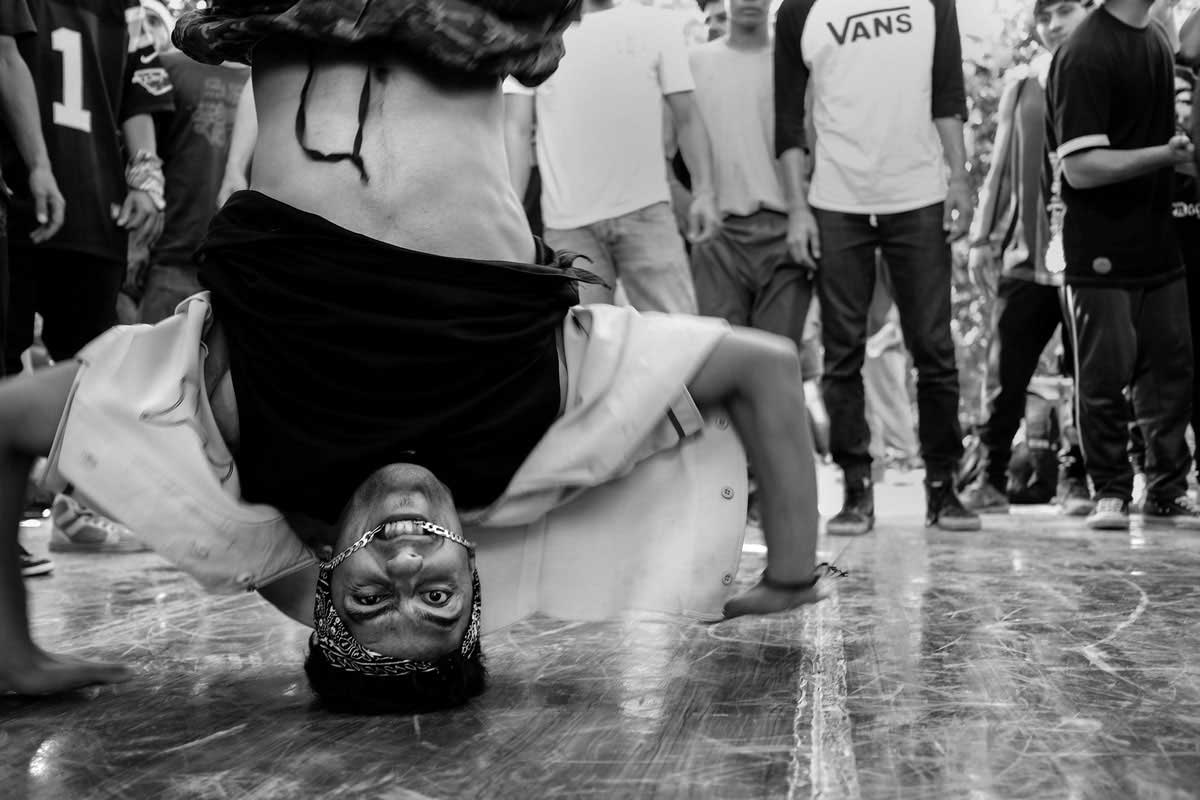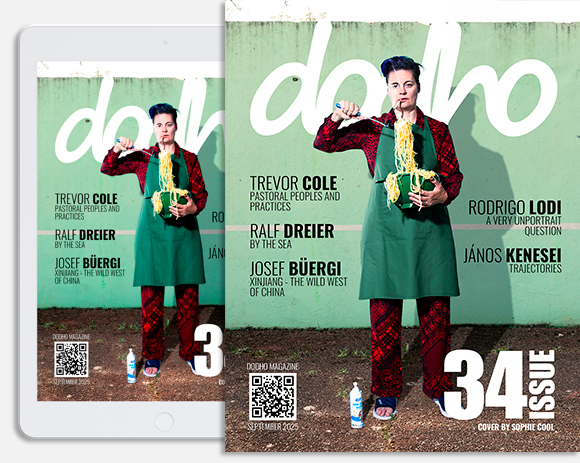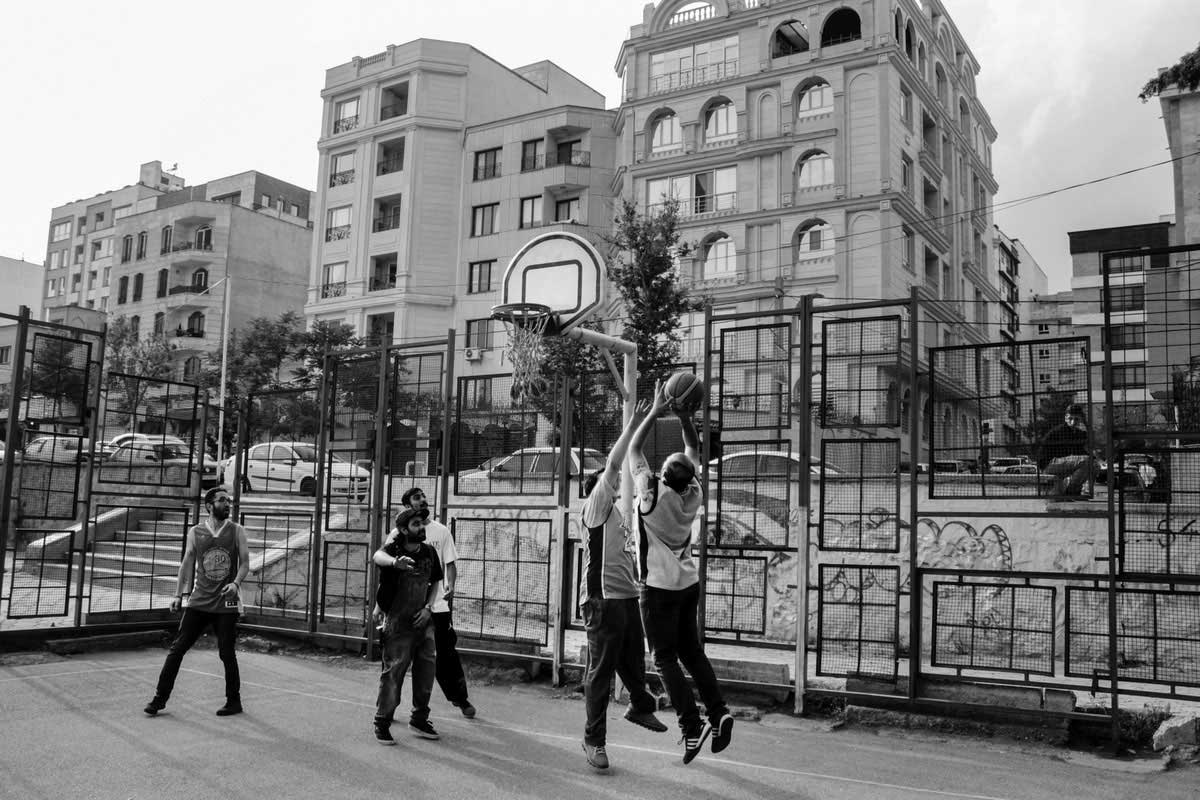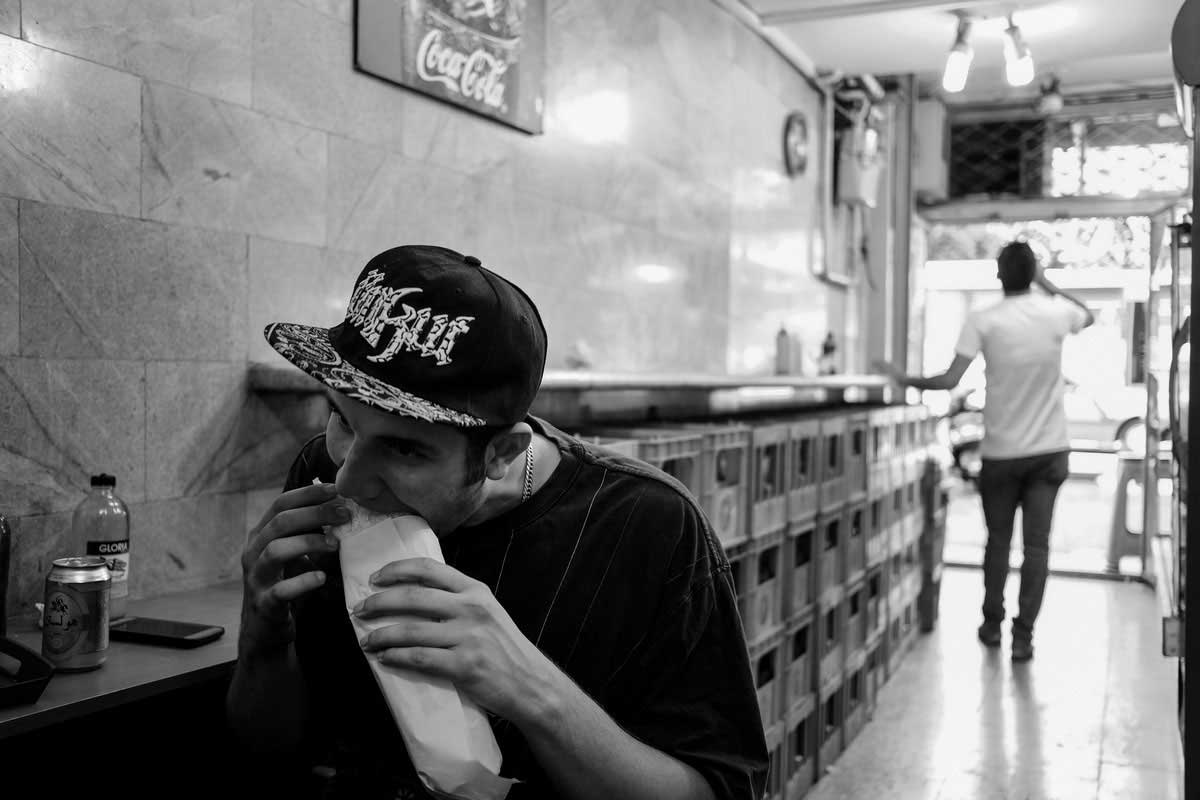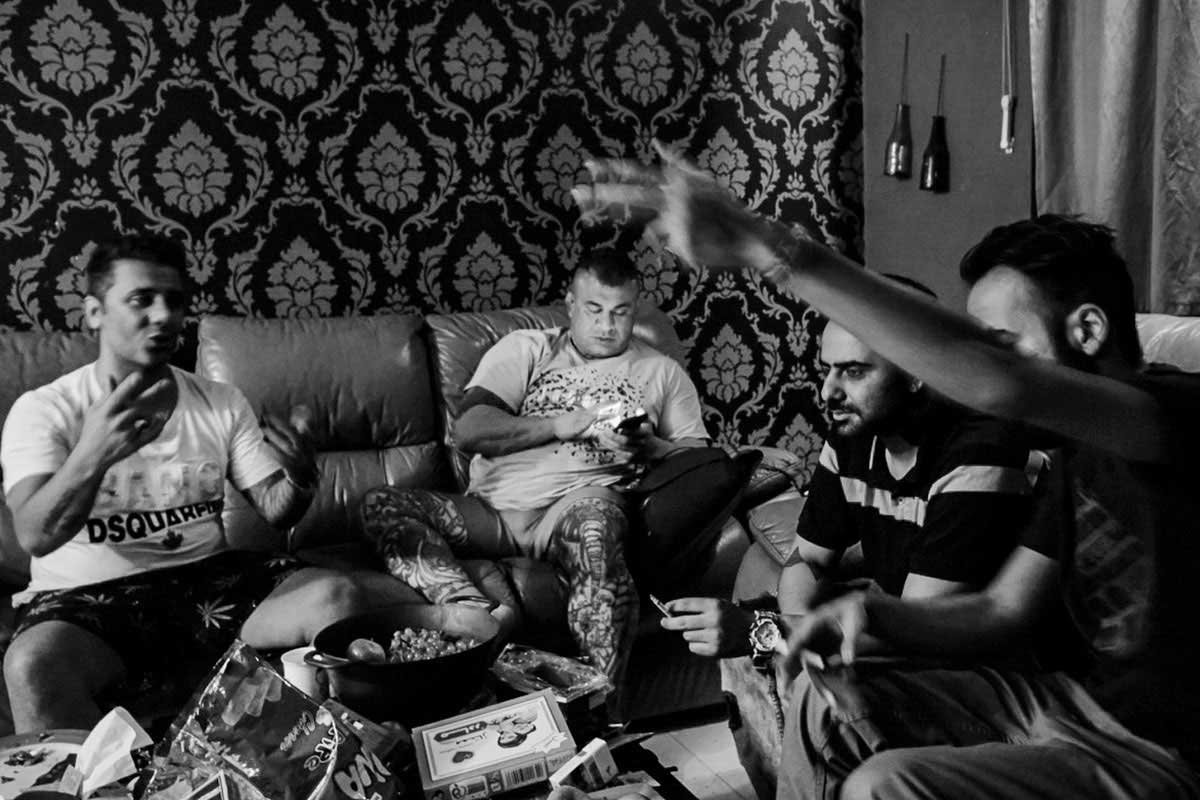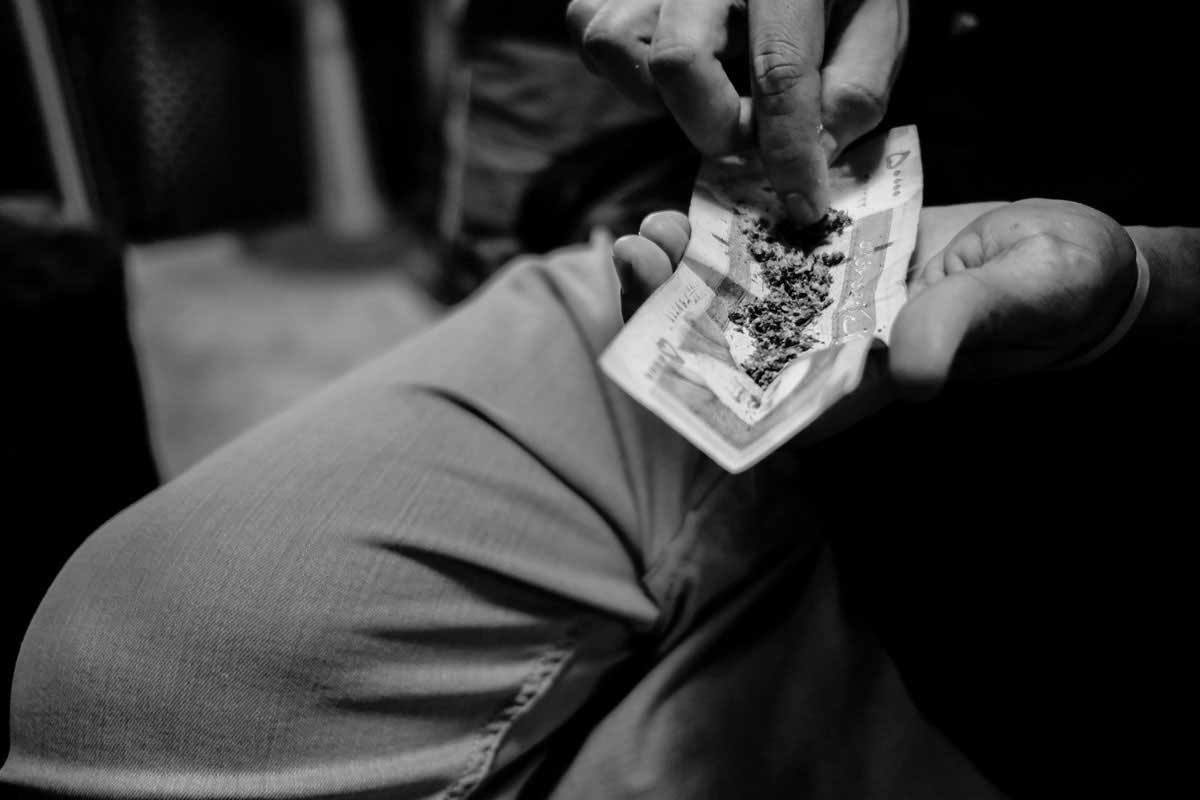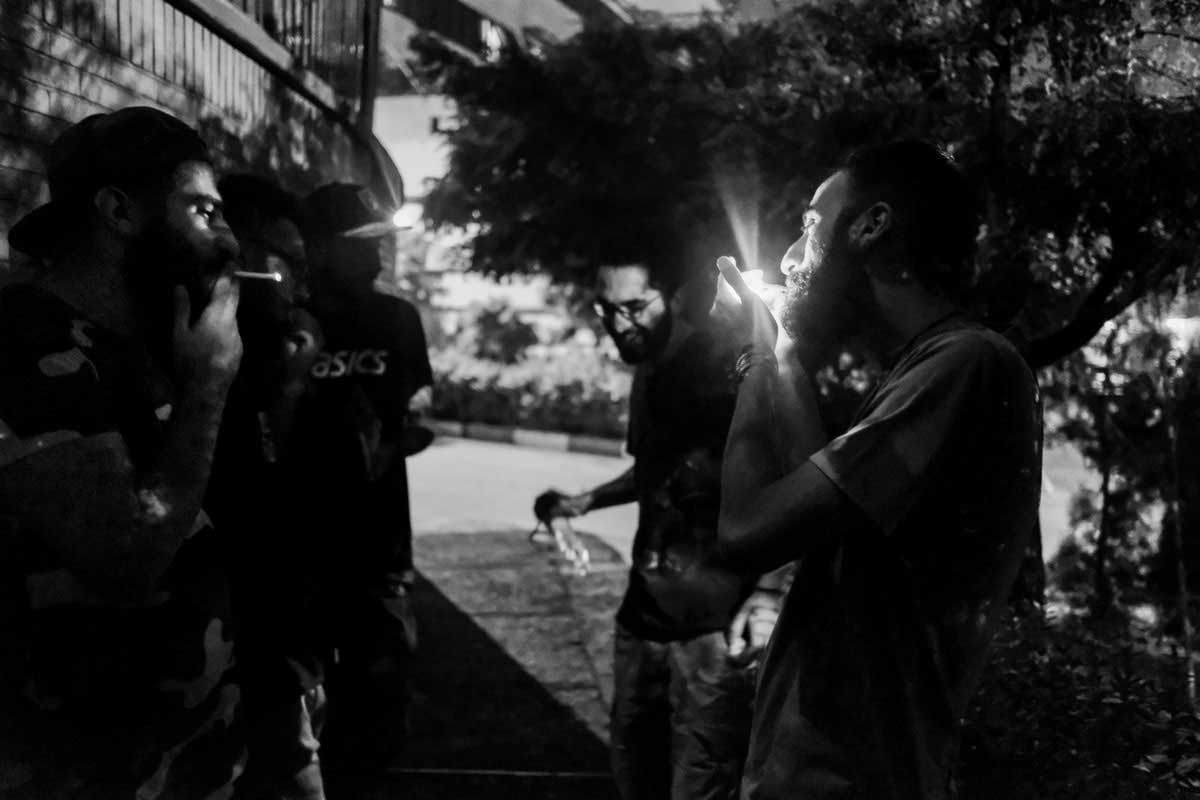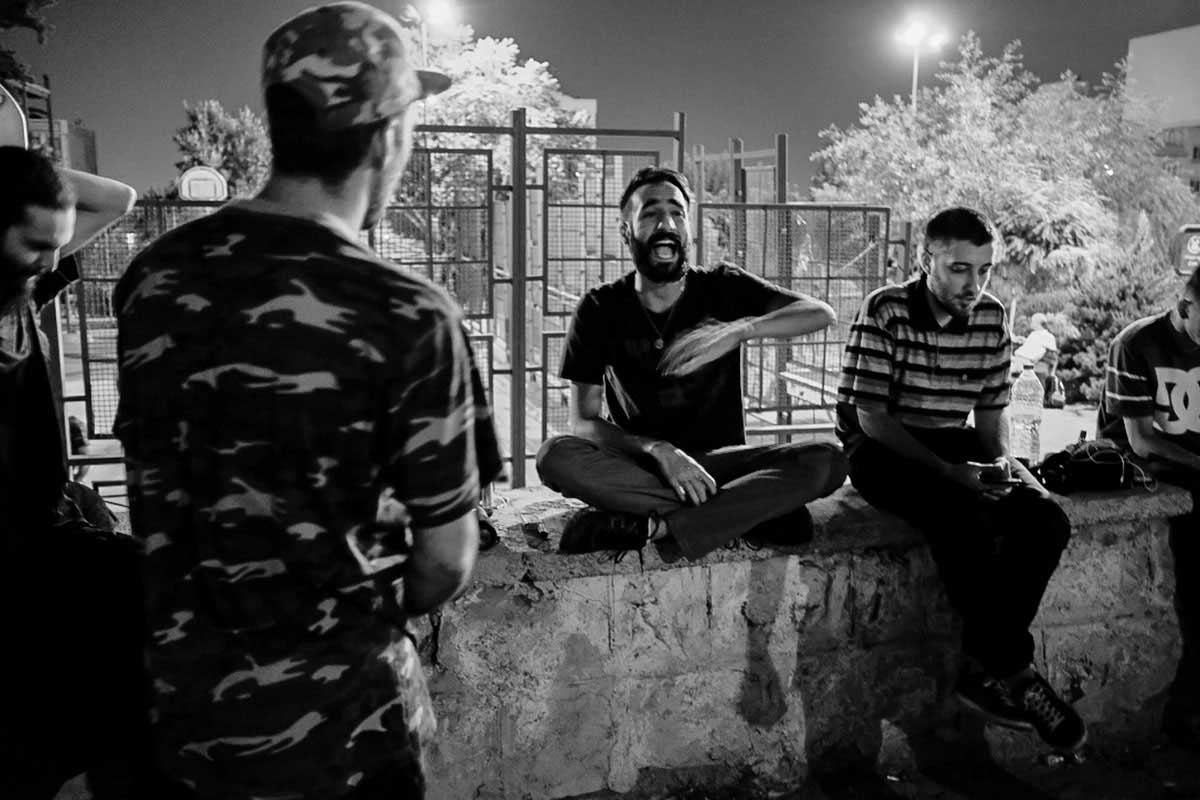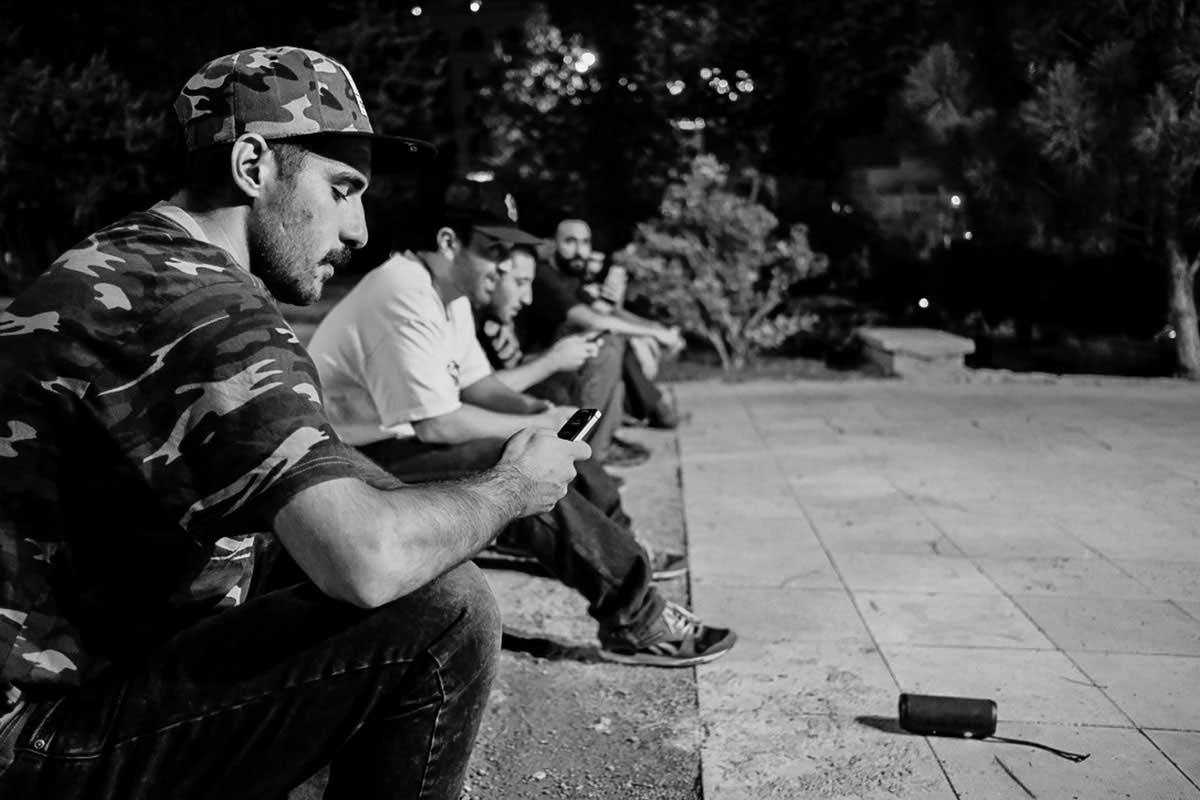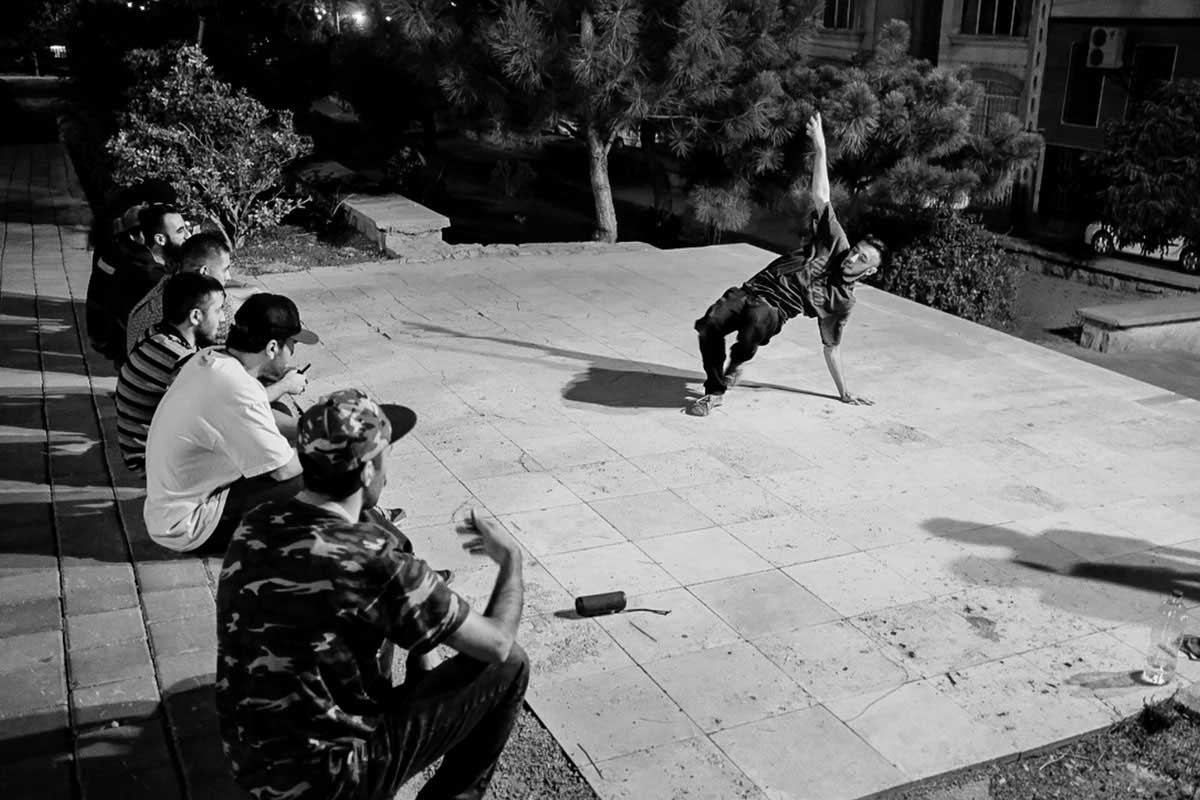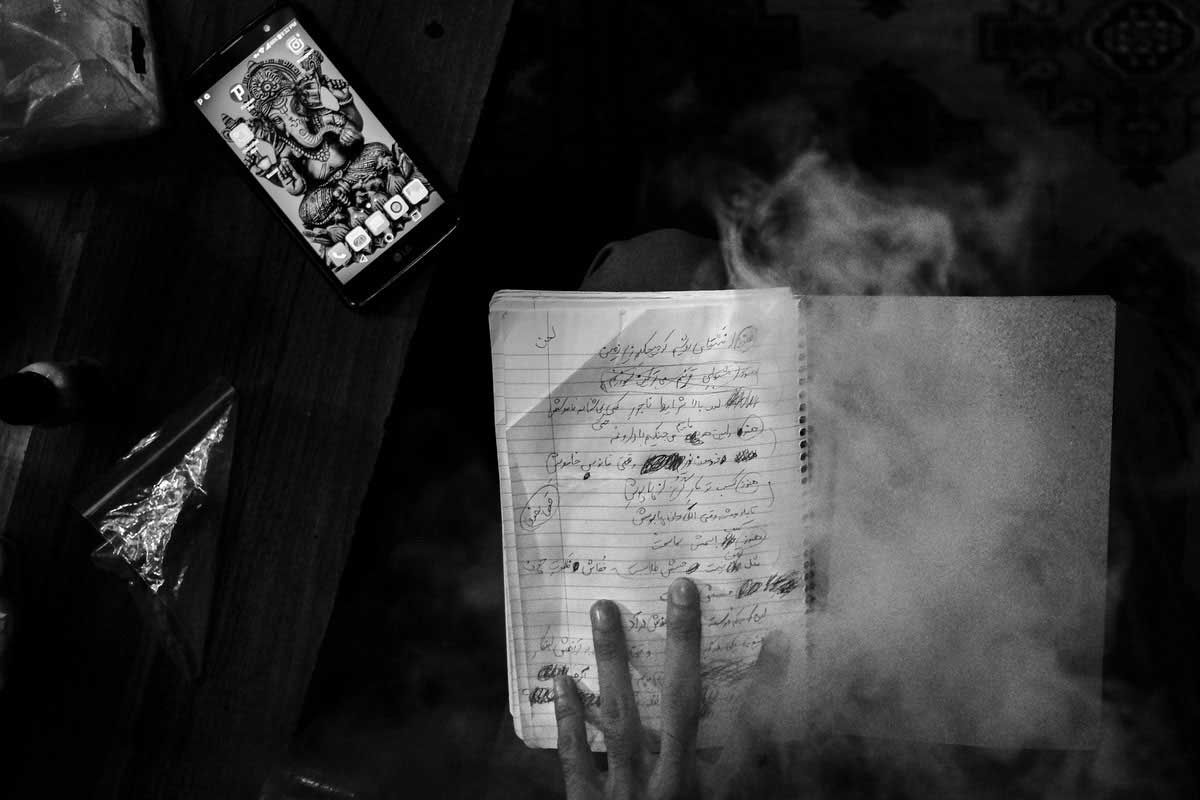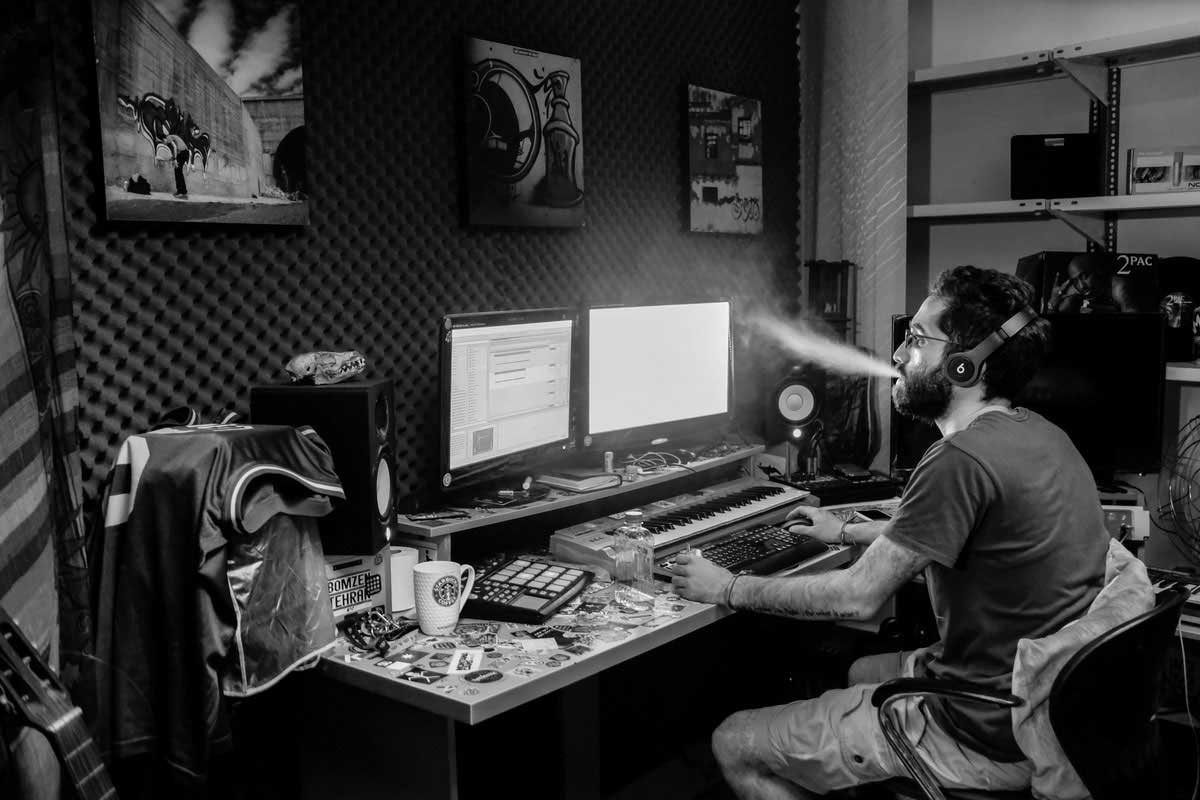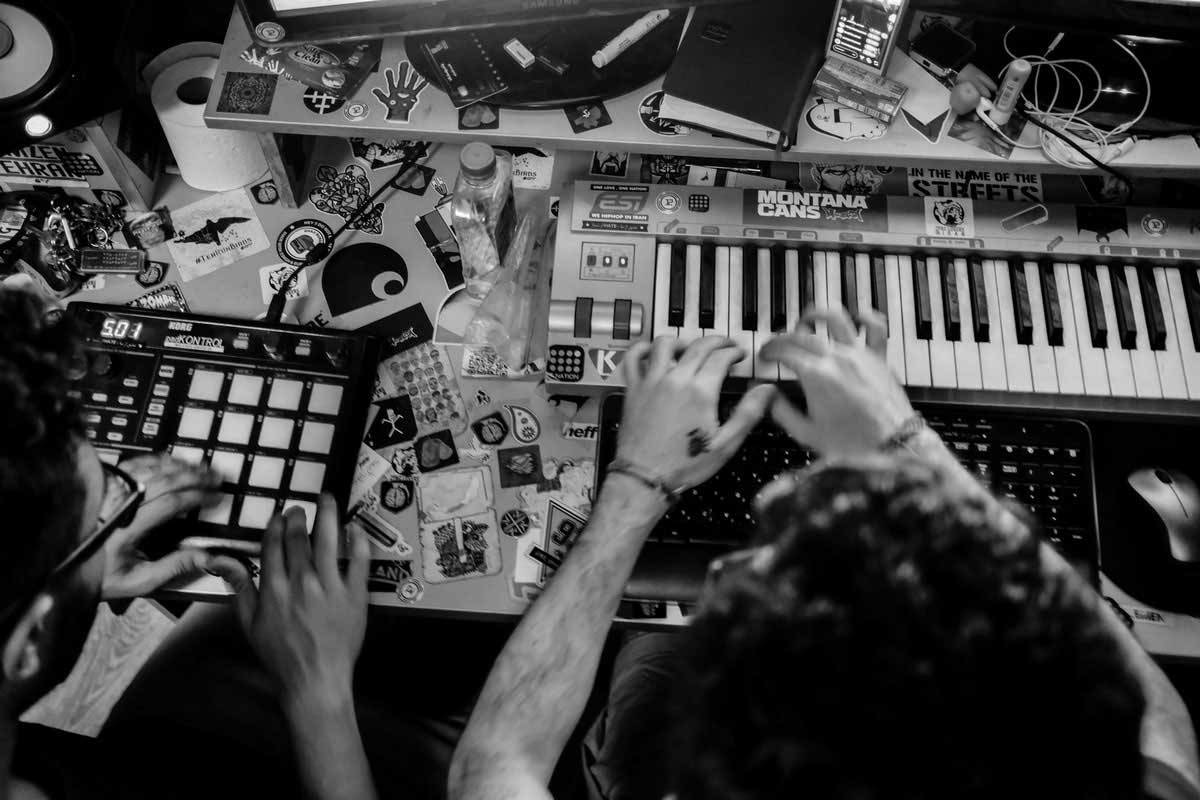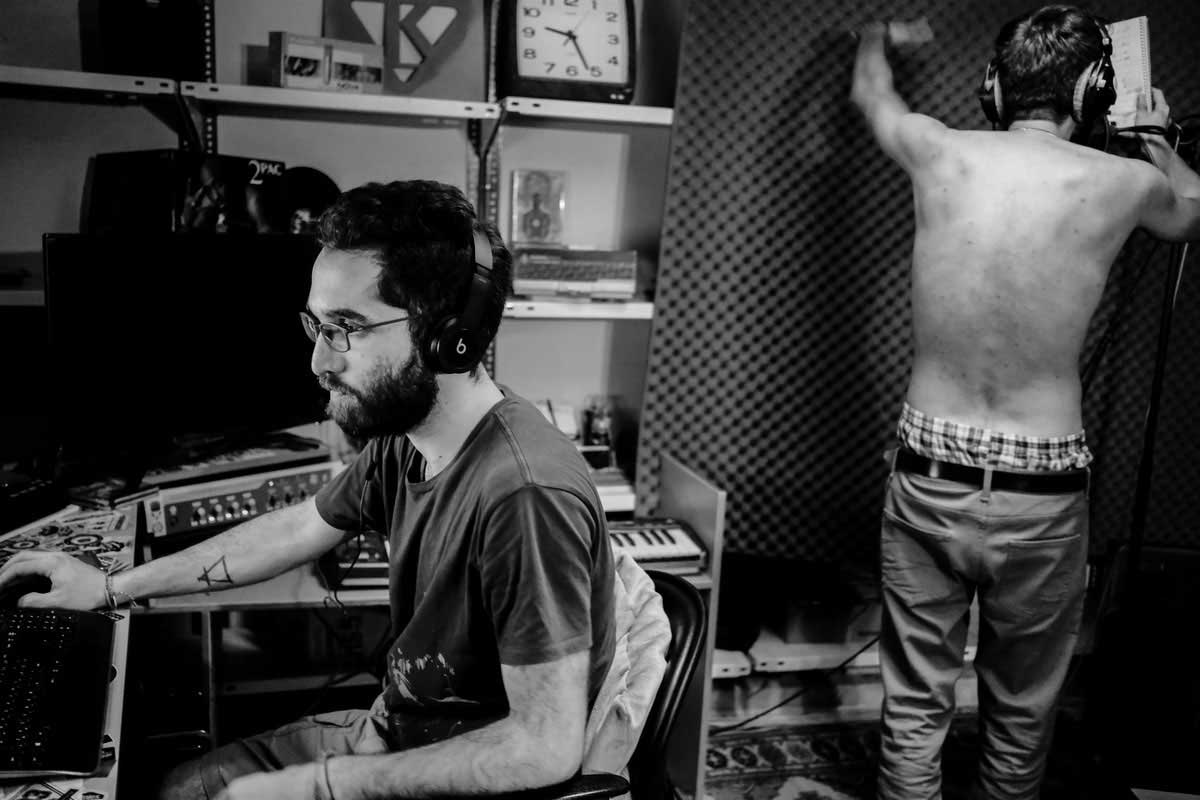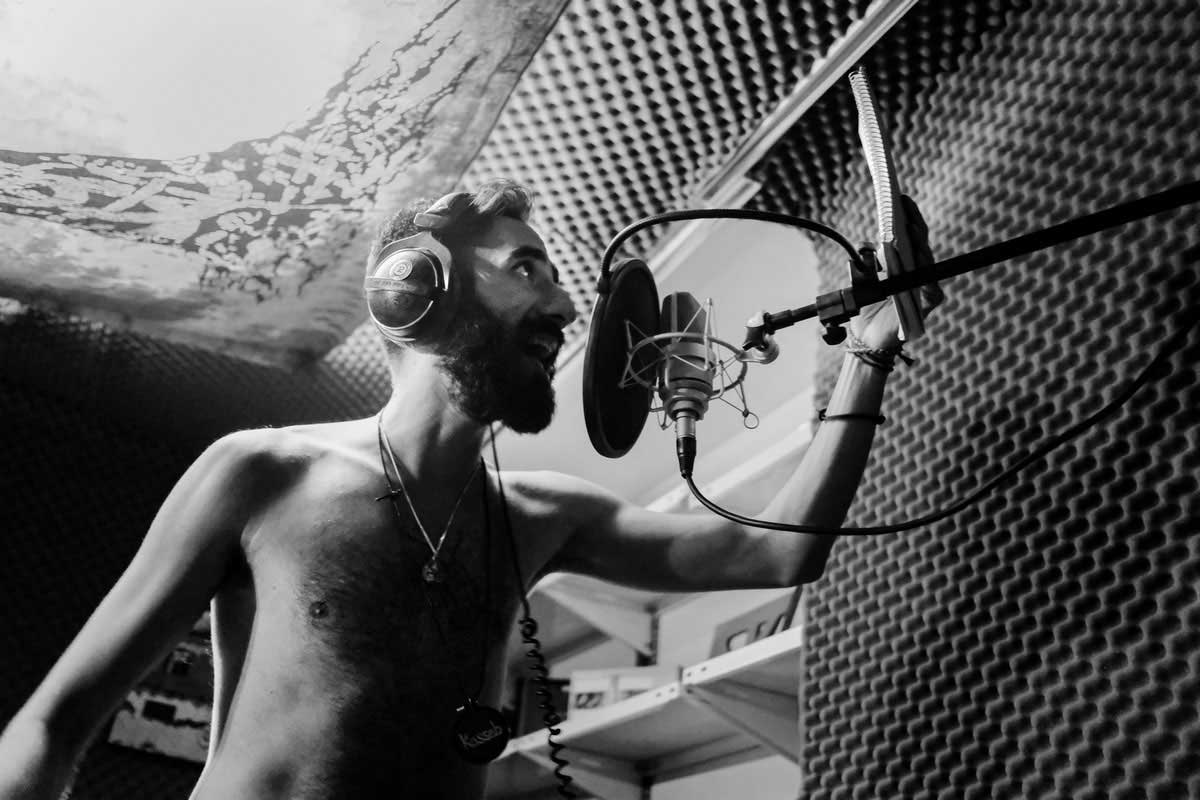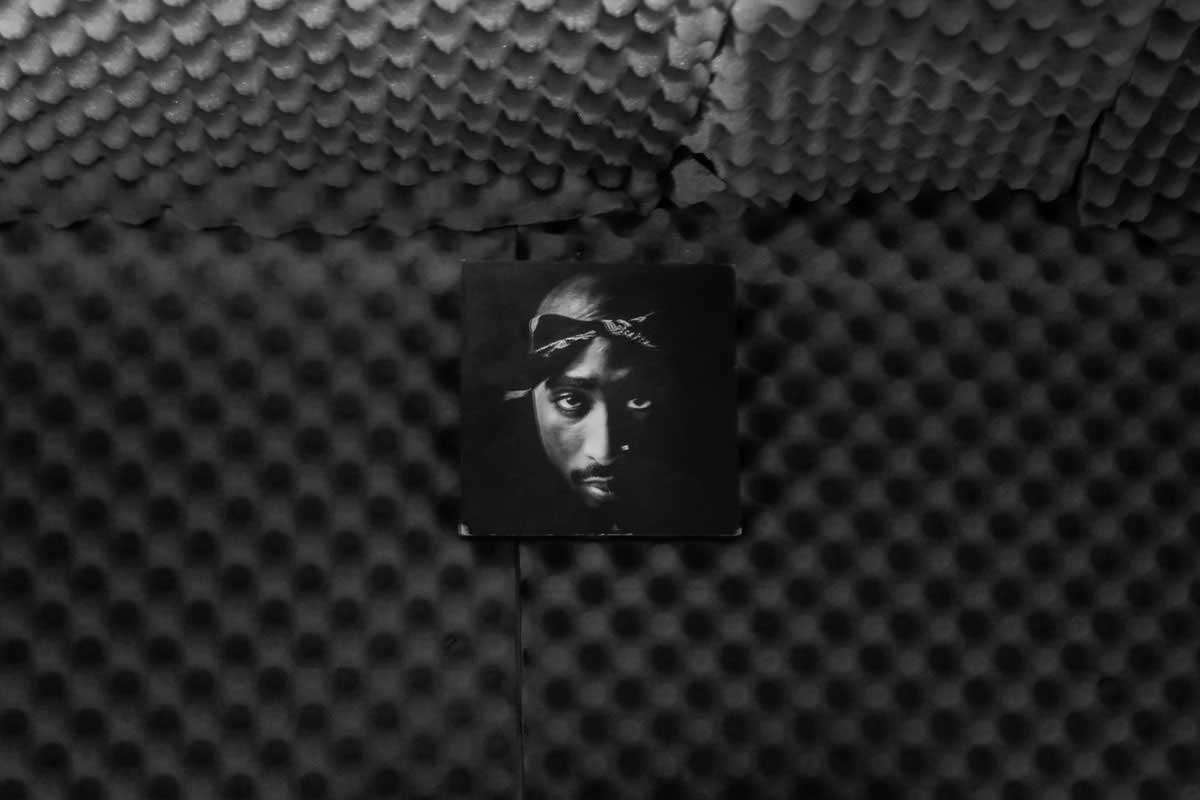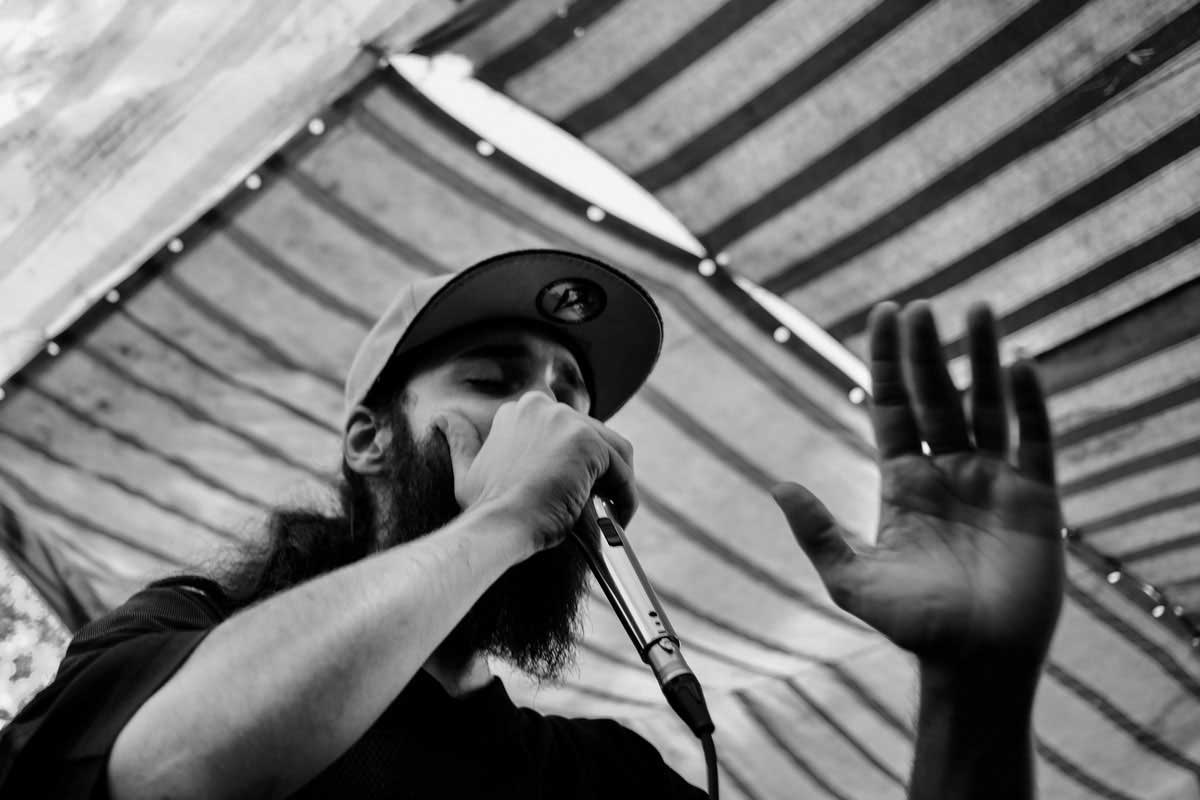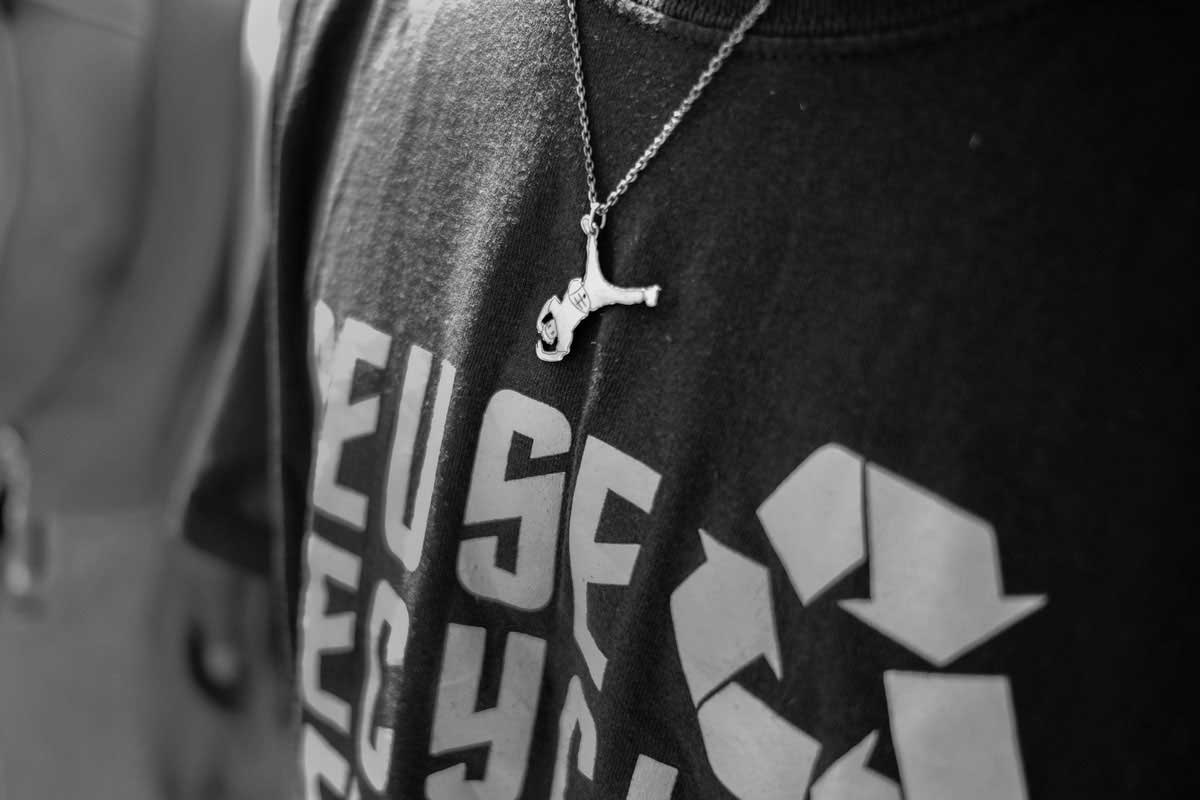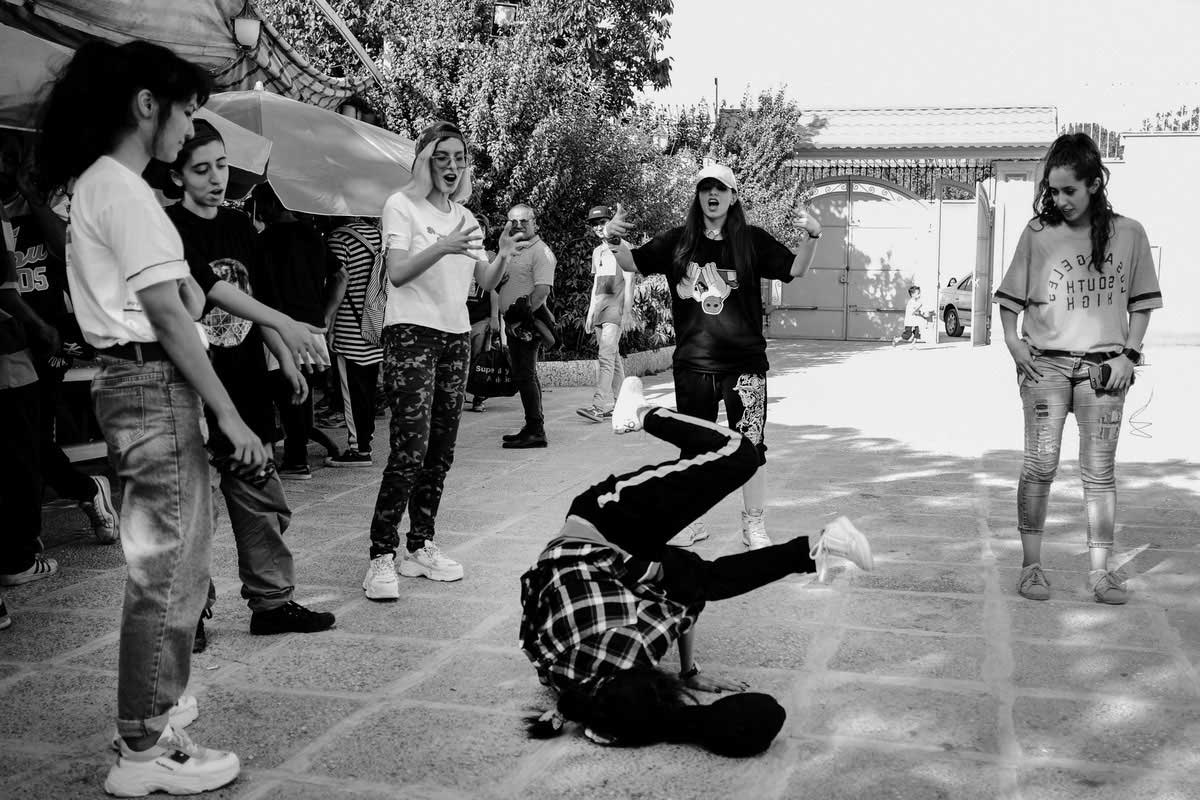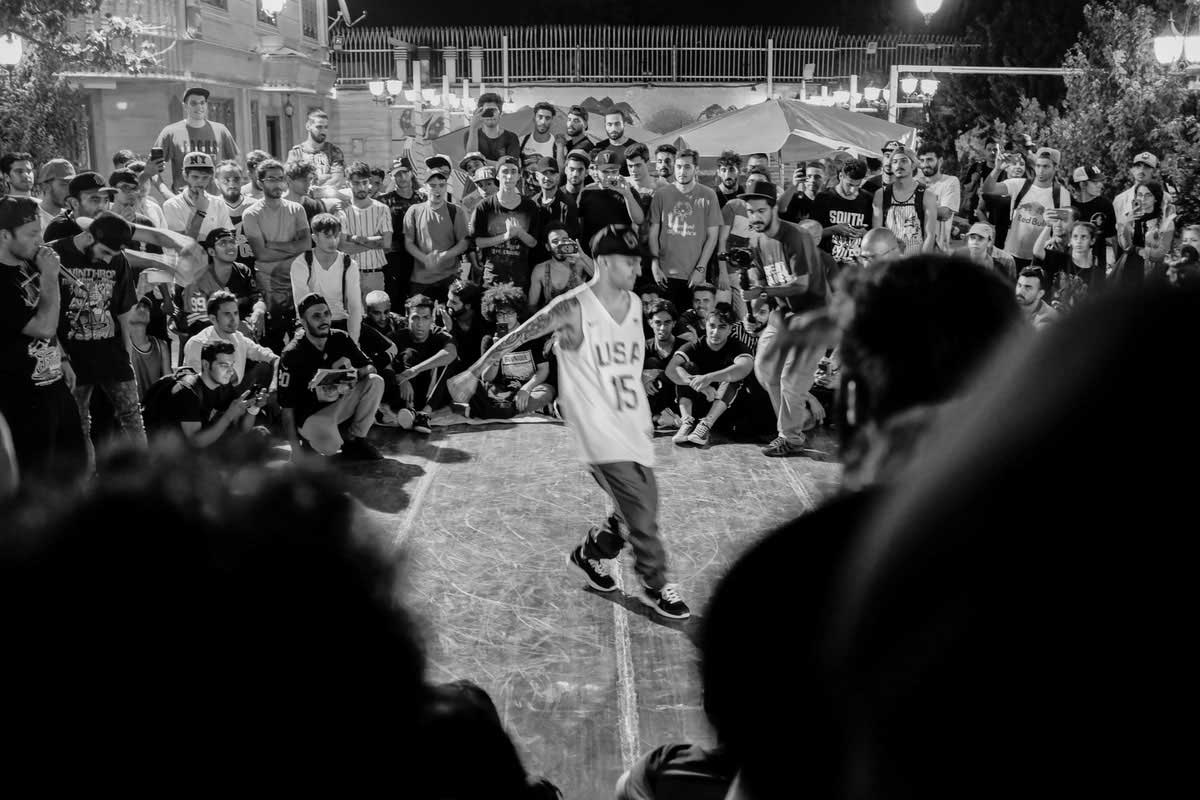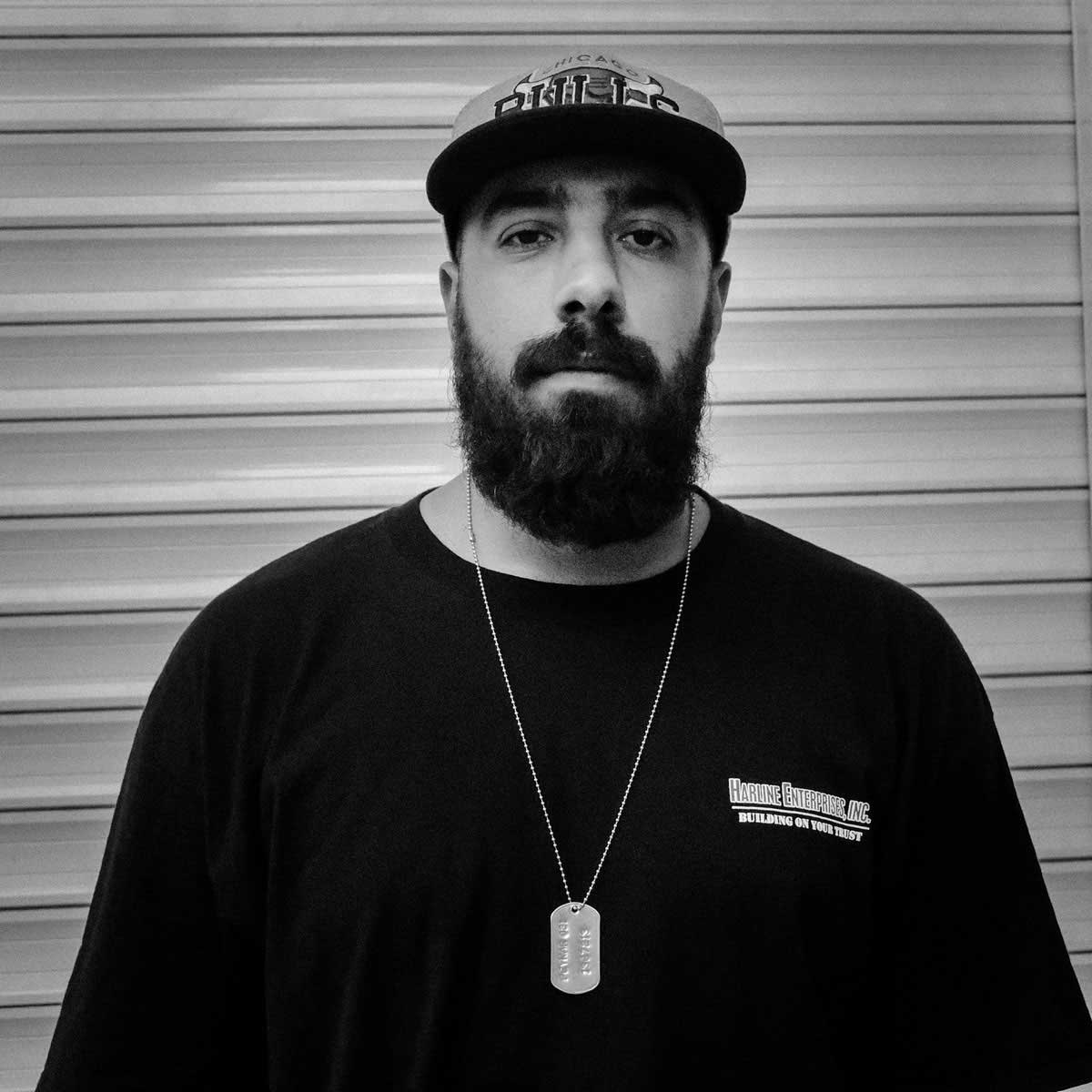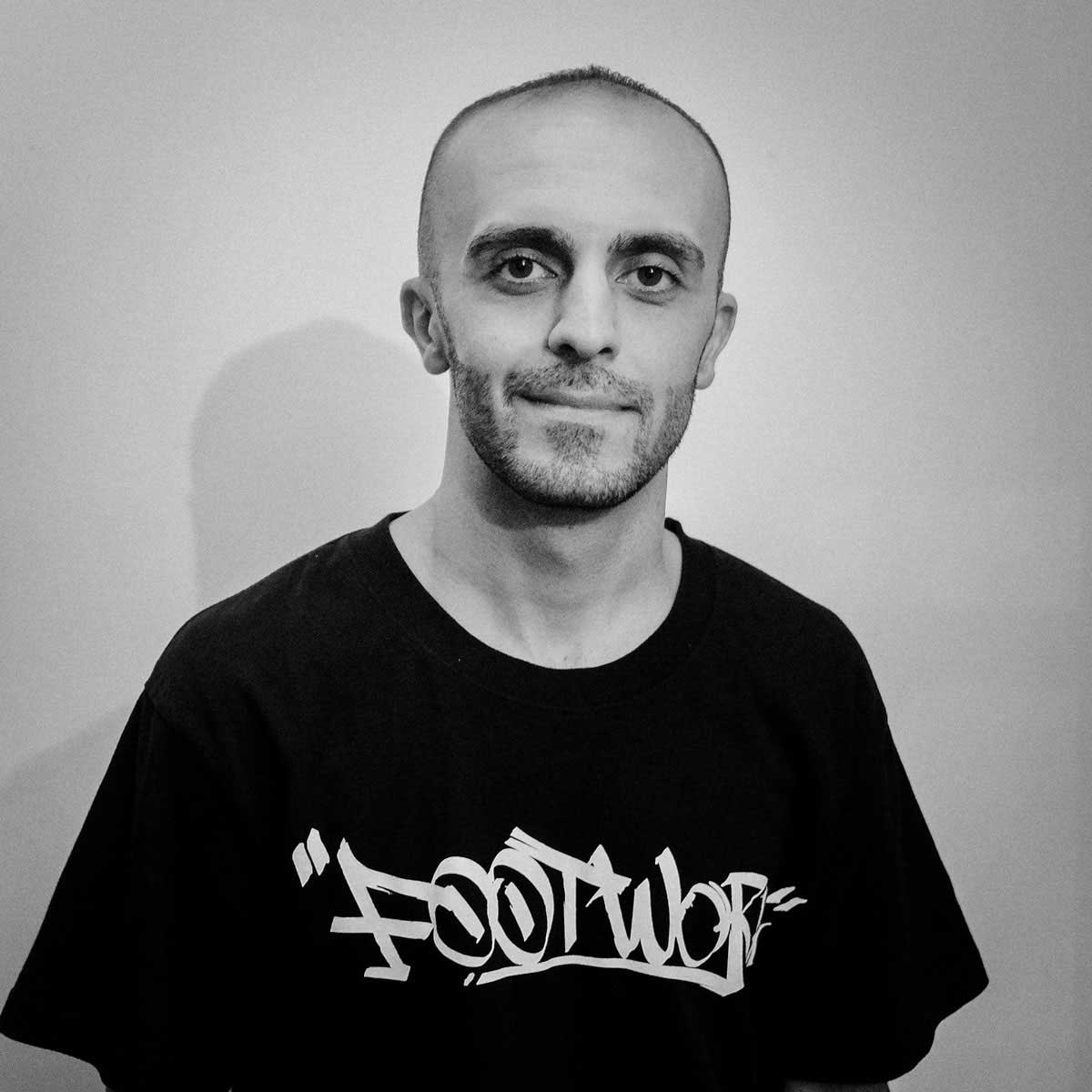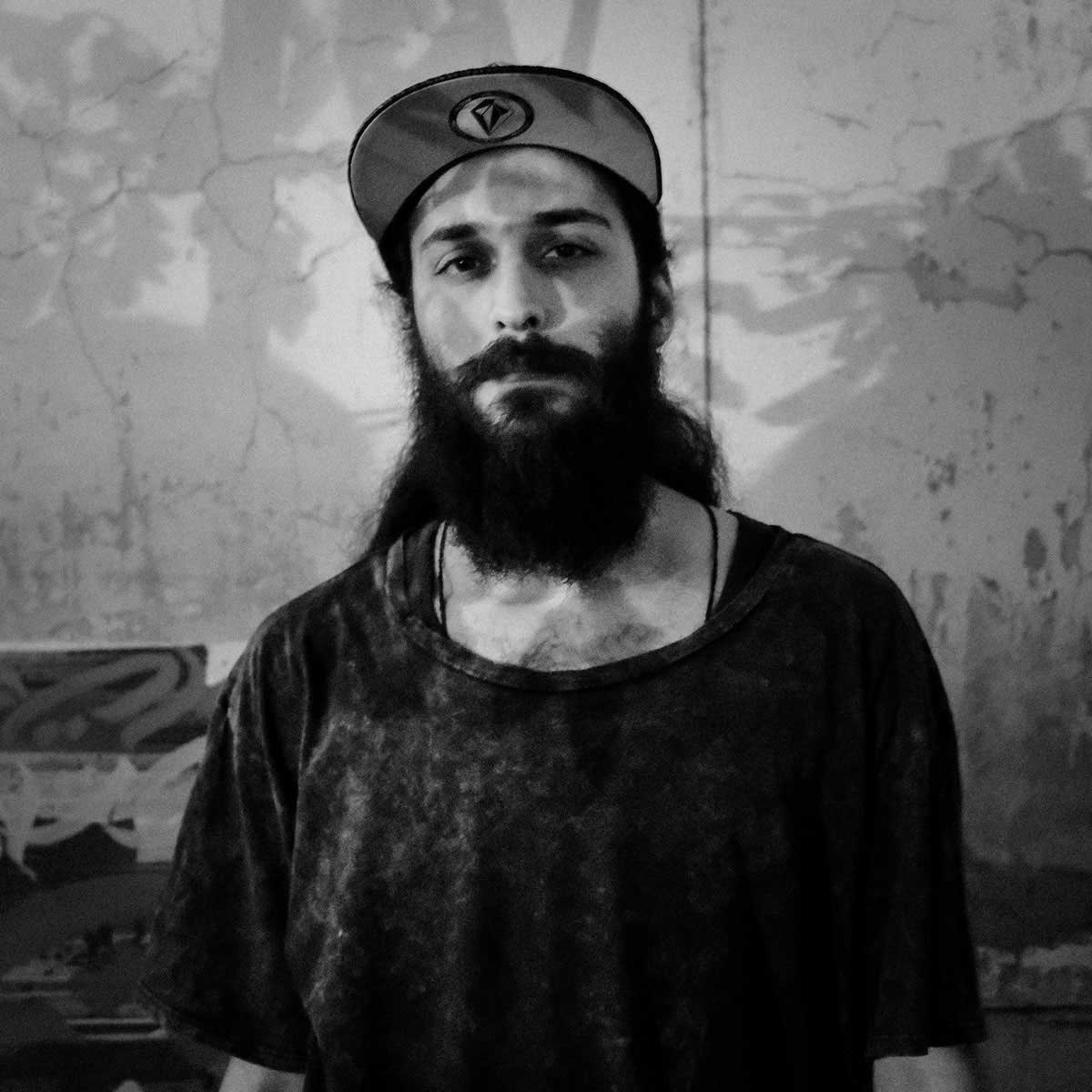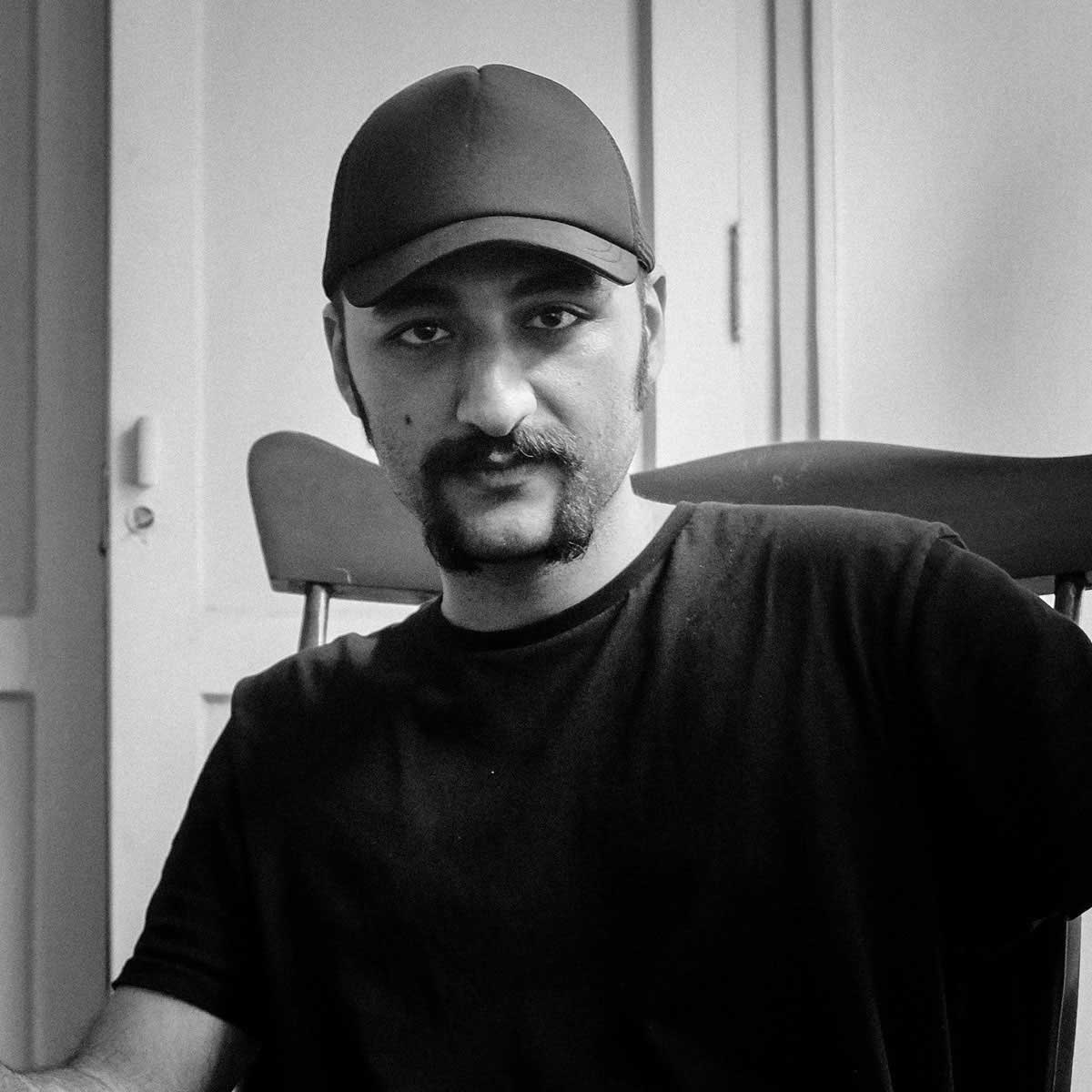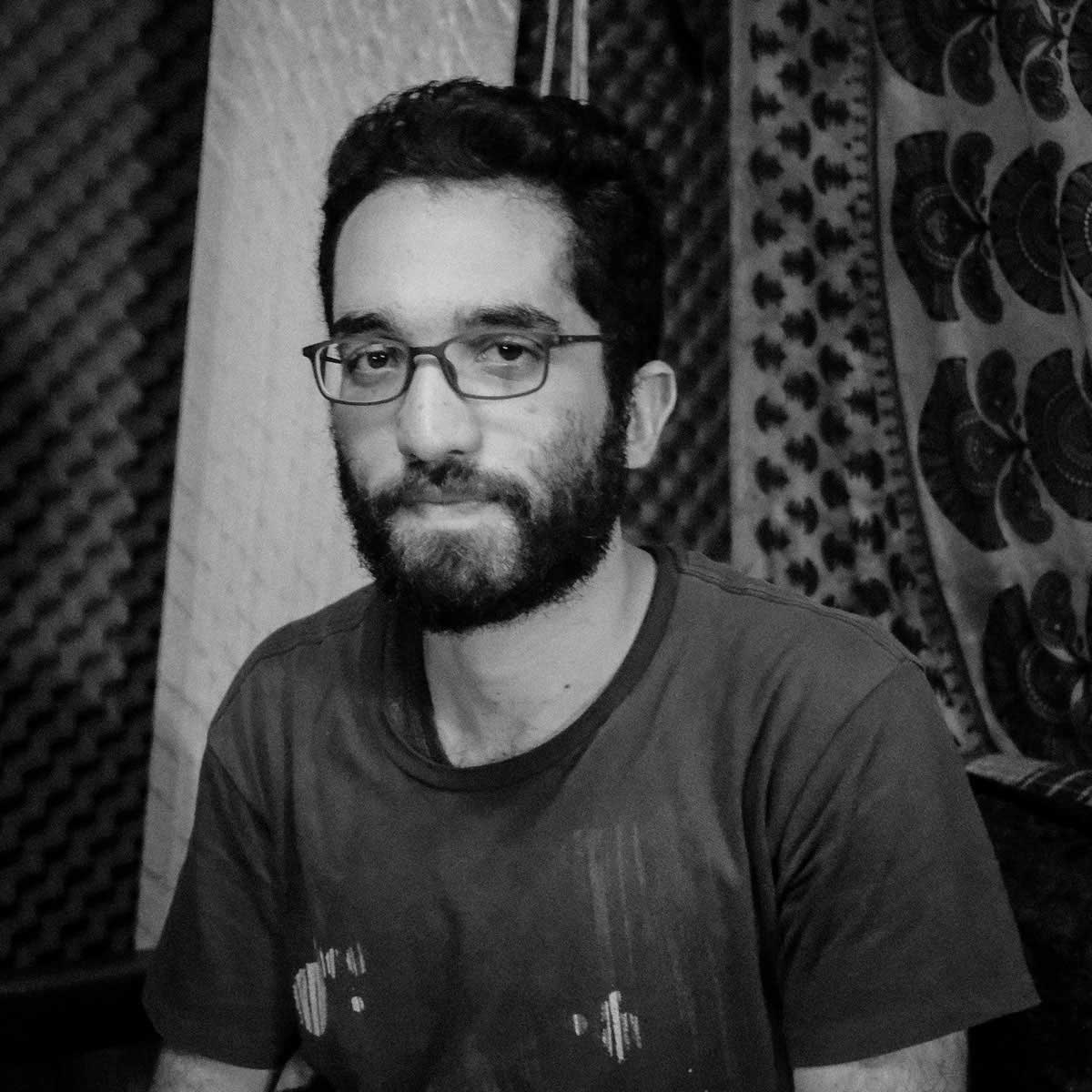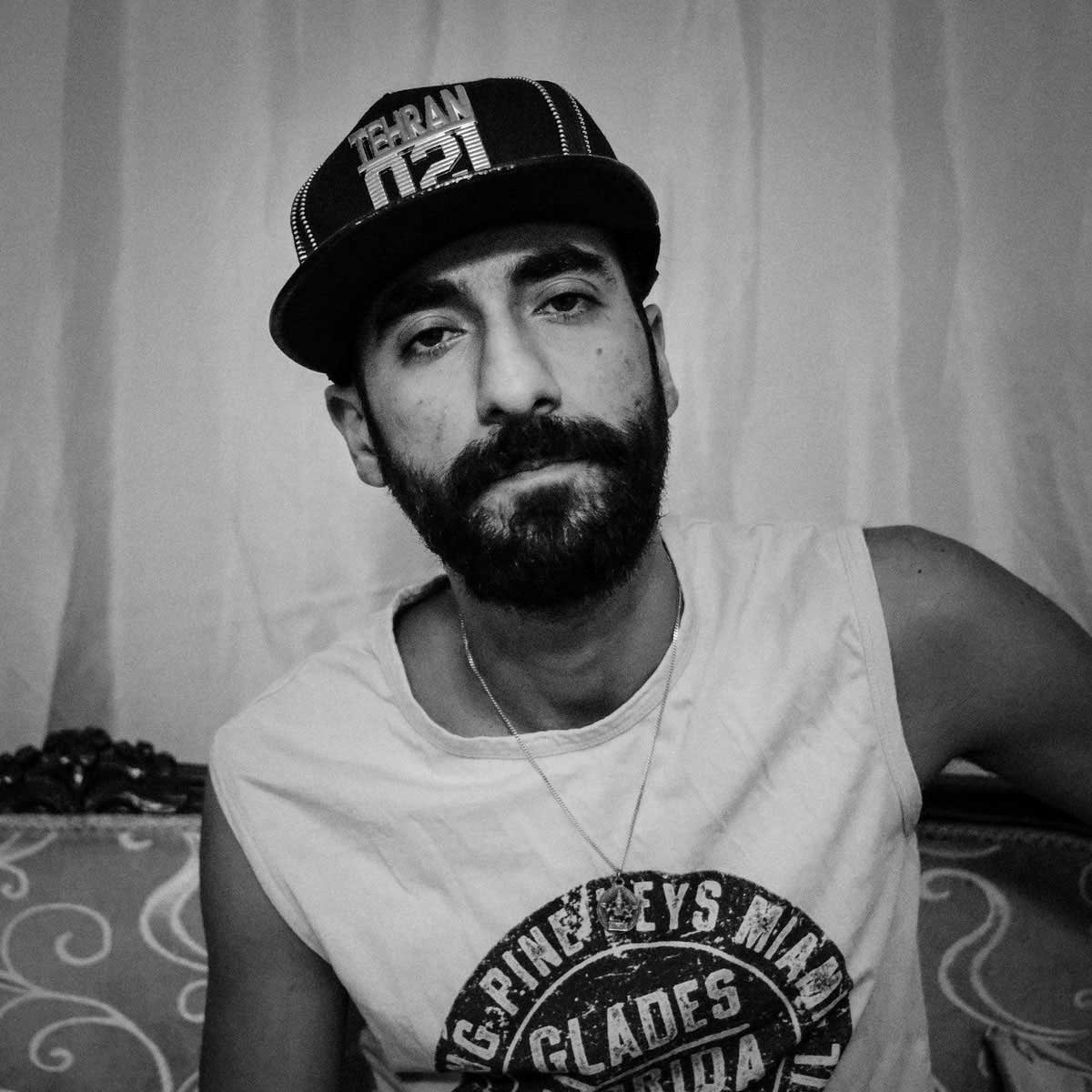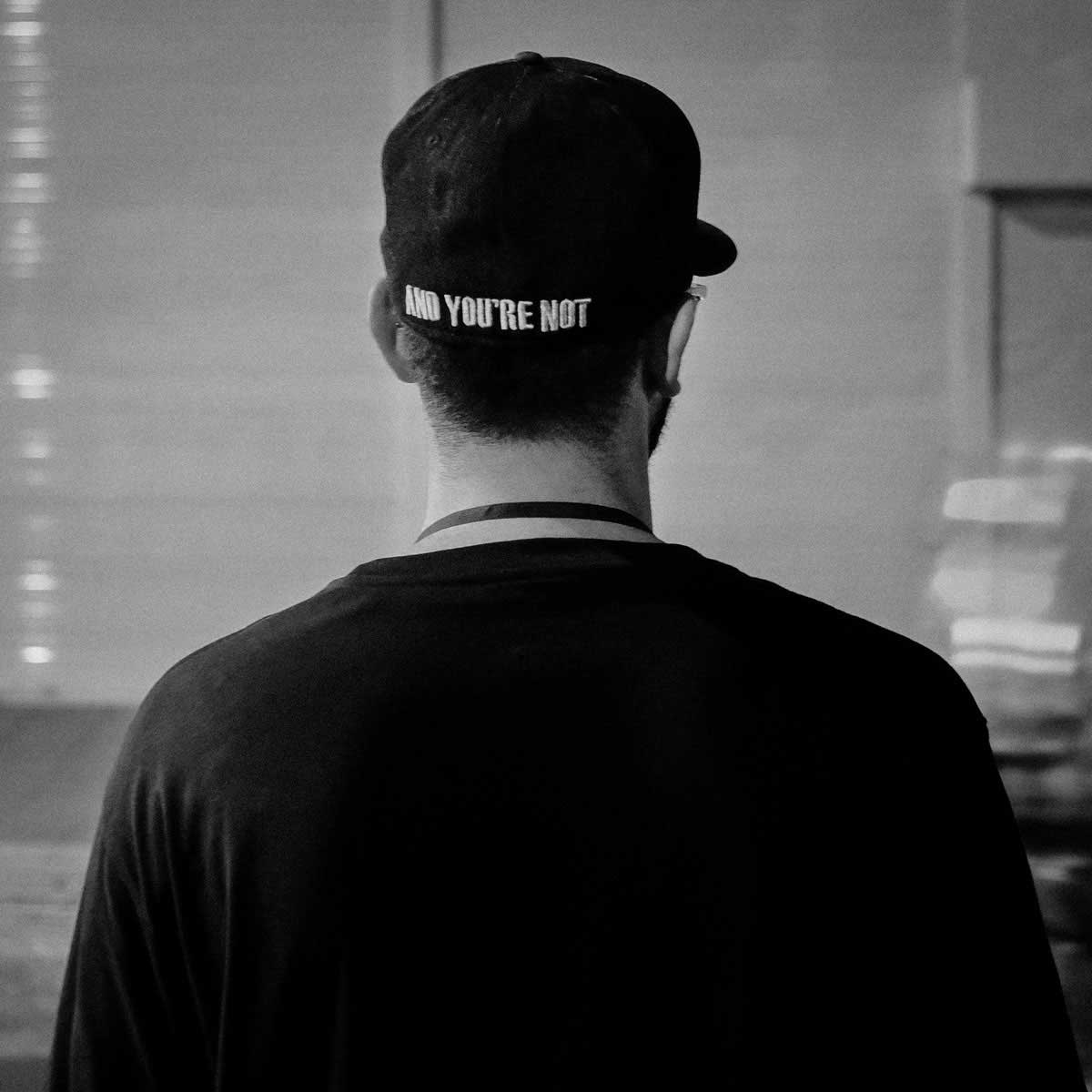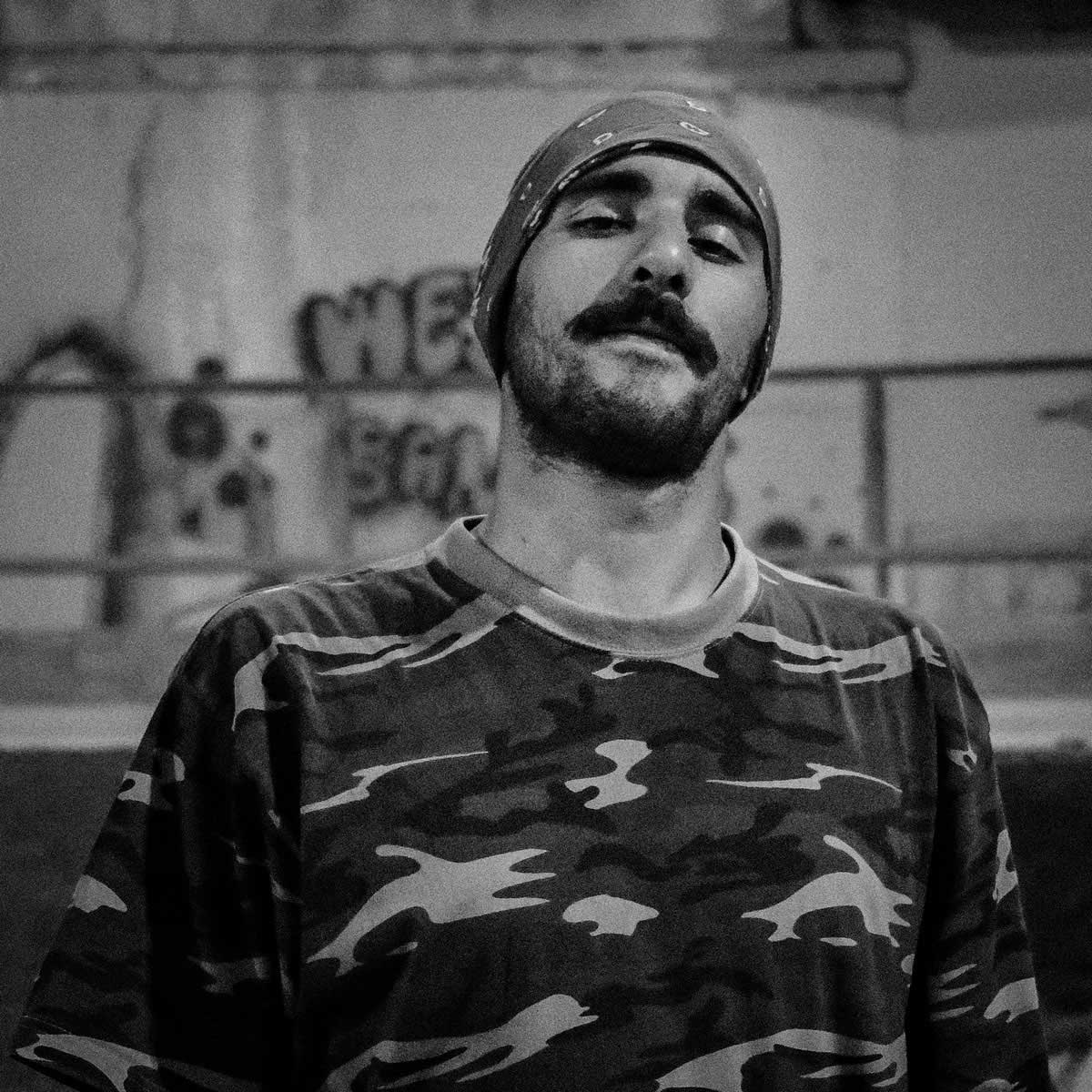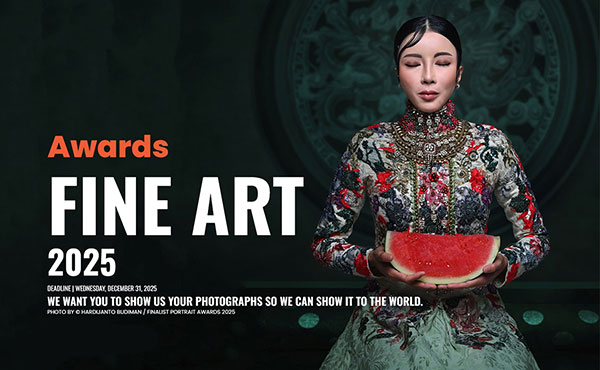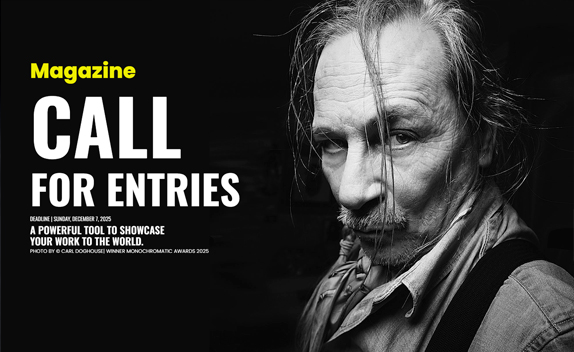Iranian hip-hop culture traces back to 1990s. Orinally rap artists were aimed at politics and social life.
Pretty soon it resulted in stern measures and the following government control. Today anyone bringing the politics in their texts lives outsie Iran. Social and ethnic rap are among popular styles at the moment. So as to sell the records officially in Iran , you need to get a special permit issued by the Ministry of Culture and Islamic Orientation of Iran Islamic Republic, and this is hardly possible for hip-hop artists, so distribution exists for “insiders” only.
Iranian media world, largely controlled by government, react to hip-hop culture adversely and never publish any information on it. Most recording studios are typically located at private apartments or utility rooms that aren’t publuc. Iranian hip-hop scene lies in deep underground , though there is a massive community that includes not only rap artists, but also graffiti writers, beatmakers, breakdance perfomers, beatboxers, skaters and those who loves hip-hop. The base is set in Iran’s capital city of Tehran. Rap perfomers are unable to get acccess to FM radio stations, so they usually broadcast on local non-FM stations. All special events take course in strict secrecy, most performers don’t know the details on location till the very last moment.
There are very few graffitis in Tehran’s downtown, usually these are painted over quickly (in 2 or 3 hours). And you have to write fast too, passers-by and inhabitants of nearby houses are highly likely to call the police. At that very moment there are around 50 active graffiti writers in Tehran.
About Vladimir Tereshkov
Born in the Moscow Region. I am engaged in photography for a little over two years, from 2017-2018 I studied at the Academy of Photography “Photographics” (St. Petersburg). Collaborated with the newspaper “Rossiyskaya Gazeta” as a photojournalist. [Official Website]
